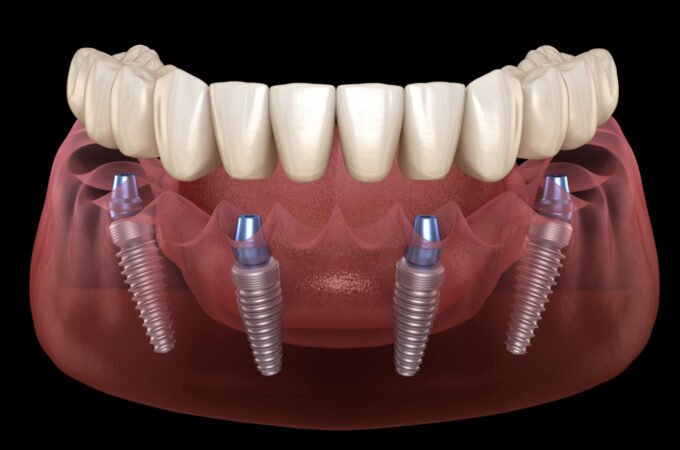
Back Pain – Common Causes and Treatments
Back Pain can be incapacitating, emotionally distressing, even debilitating. The most common complaints from people seeking medical treatment include chronic back pain (lumbar pain), lower back pain due to degenerative disc disease (kyphotic curve), and other musculoskeletal conditions. Treatments for back pain vary from simple to complicated, and the best course for you will depend on your age, your back condition, how long you’ve been hurting, and whether your back pain is muscular or structural. Discuss with a physician first before settling on a course of treatment. Back pain can be a symptom of an underlying medical problem or cause.
The majority of physicians recommend performing diagnostic tests and imaging procedures to assess your back problem. X-rays, MRIs, CT scans, bone densitometry, and computerized tomography (CAT) scans can all be used to evaluate your condition. Keep in mind that different tests require you to rest for varying amounts of time between each visit. If you are already squeezed for time and don’t have much flexibility in your schedule, it can be a nuisance.
An alternative measure is a medication prescribed by your physician. There are two types of medications usually recommended for back pain treatment: non-steroidal anti-inflammatory drugs (NSAIDs) and muscle relaxants. Both types of medication can have serious side effects if taken in combination. For example, NSAIDs increase stomach acid production, which can lead to ulceration of the gastric lining. To get rid of muscle pains, OTC pain-relieving gel such as Voltaren extra strength works well. Diclofenac 2.32mg effectively relieves muscle pains and helps your joints keep fluid.

Another option is a combination of physical therapy and back pain medication. Physical therapy can help to reduce pain and limit the damage caused by the condition. Before starting physical therapy, be sure to consult with your physician to determine the cause of the problem. If the damage is not due to an underlying medical condition, then a physical therapist can help you design an exercise plan to relieve your back pain. Both deep and superficial muscle strains can be treated by physical therapy.
A different common choice for healing lower back pain is a chiropractic adjustment. Chiropractors are well trained in detecting muscle strain, joint tension, pinched nerves, spinal irregularities, vertebral subluxations, herniated discs, as well as spinal stenosis. Their treatment method effectively relieves lower back pain and is less invasive than many alternative treatment options. However, some people prefer to avoid chiropractic care because of the associated costs. Some people also fear the idea of having someone put needles into their bodies.
The third option, prescription anti-inflammatory drugs, is often prescribed for acute lower back pain. These medications provide a short-term solution to the pain that typically lasts several weeks. Although they do not cure the pain, prescription anti-inflammatory drugs can temporarily reduce it. However, most long-term studies have found that anti-inflammatory medications carry several risks, including increased risk of infections and allergic reactions and lower effectiveness over time. Besides, taking long-term anti-inflammatory drugs could result in adverse side effects such as stomach pain, diarrhea, dizziness, headaches, muscle weakness, or even depression.

An example of the various probable causes of spine problems is posture, which includes sitting in one particular position for long periods, such as in a cubicle at work. People who sit at their desks all day, especially those in front of a computer for long periods, often develop poor posture habits that lead to back problems. To treat back pain caused by poor posture, doctors often recommend ergonomic chair and desk adjustments to improve the worker’s stance and additional support for the hips, legs, and feet. Massage therapy may also be recommended for people suffering from back pain caused by bad sitting habits.
Another cause of back pain is muscle tension, either because of prolonged sitting or because of poor posture. Muscle tension can be relieved with regular exercise and stretching, although muscle tension is more commonly corrected by applying cold or warm packs to the muscles. The best way to prevent muscle tension is to do regular exercise. Those who don’t have a lot of time to exercise can try to loosen up their routine by doing household chores instead of working on their computers, watching television, or playing video games instead of working on a computer.




